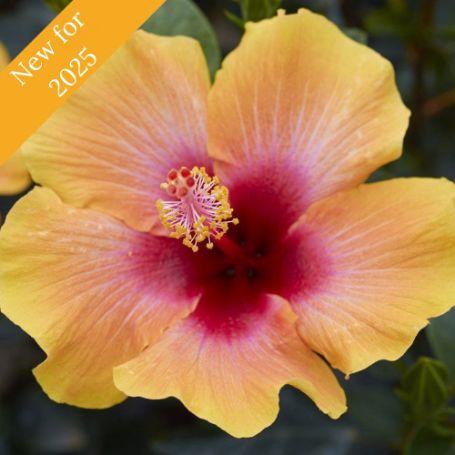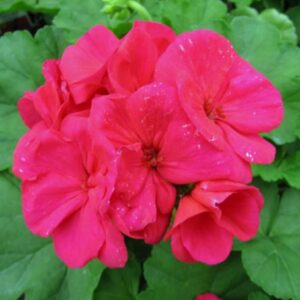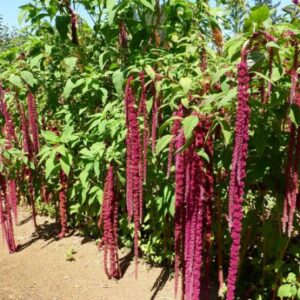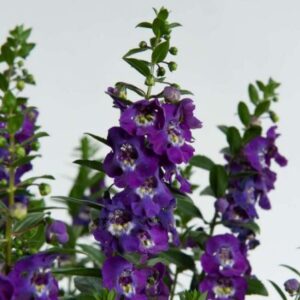Description
Cajun Hibiscus (Tropical Hibiscus) – Bold Blooms, Exotic Beauty
Bring a burst of color and tropical flair to your garden, patio, or indoor space with the Cajun Hibiscus, a dazzling variety of Tropical Hibiscus (Hibiscus rosa-sinensis). Known for its extra-large, vividly colored blooms, the Cajun Hibiscus features striking petal patterns and hues ranging from fiery reds and oranges to soft pinks, purples, and yellows. Each blossom is a unique display of artistry—no two flowers are exactly alike!
If you’re looking for a show-stopping ornamental plant with continuous blooming power, Cajun Hibiscus is the ultimate tropical treasure.
Why Choose Cajun Hibiscus?
Unlike standard hibiscus varieties, Cajun Hibiscus is specially bred for its spectacular, ruffled blooms and rich, multi-color petals. With flowers reaching up to 8 inches across, this tropical hibiscus is ideal for adding instant visual impact to container gardens, sunny patios, and indoor spaces with ample light.
As a tropical perennial, Cajun Hibiscus thrives in warm climates (USDA Zones 9–11), but can also be grown as a seasonal outdoor plant or year-round indoor beauty in cooler zones.
Key Features of Cajun Hibiscus:
-
🌺 Enormous, Colorful Blooms: Flowers up to 8″ wide in bold, tropical tones
-
☀️ Sun-Loving: Thrives in full sun with bright, consistent light
-
🌿 Compact Shrub Form: Grows 3–5 feet tall—perfect for containers or borders
-
🔁 Repeat Bloomer: Produces blooms continuously through spring, summer, and early fall
-
🏡 Indoor/Outdoor Versatility: Bring indoors during colder months in non-tropical zones
Care and Growing Tips:
Cajun Hibiscus performs best in rich, well-drained soil and enjoys consistent moisture. Position in full sun to part shade (at least 6 hours of sunlight daily) to encourage blooming. Fertilize regularly with a balanced or hibiscus-specific fertilizer during the growing season.
In colder regions, bring the plant indoors before the first frost. Place it near a sunny window, and reduce watering slightly during the winter dormancy period.





Reviews
There are no reviews yet.